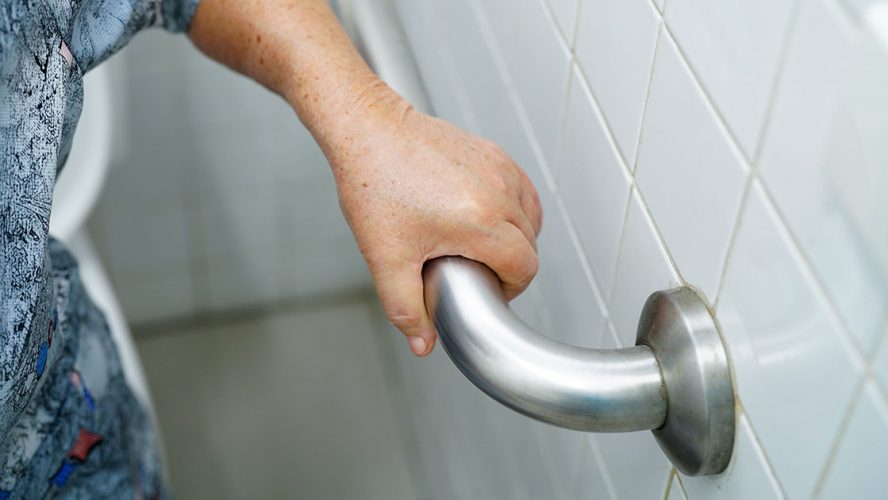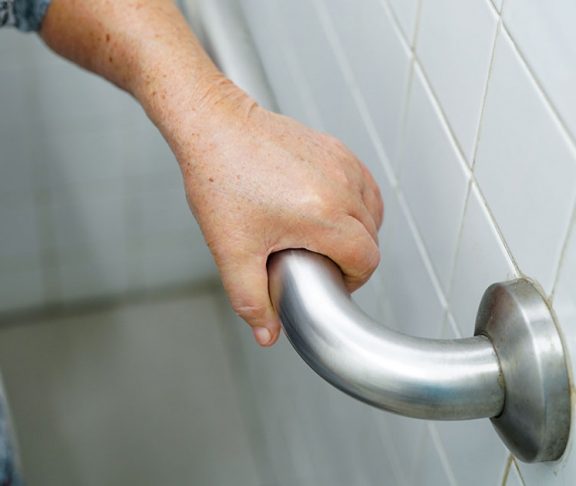
Dr. Rebecca Gilbert
Chief Scientific Officer, American Parkinson Disease Association; and Megan Rochford, MS, OTL, SCEM, CAPS, Rusk Rehabilitation, NYU Langone Health
Parkinson’s disease (PD) affects every person differently. Because of this, it is very difficult to predict how any individual’s PD will progress. This may create a source of stress as people with PD and their care partners begin to contemplate the future. They may ask themselves: “What is in store for us? Will we be able to stay in our home? What options are there if we need more help?”
Although this is a very complex set of questions, you can empower yourself by learning about the services available to help you or your loved one as PD progresses. This includes help with home modifications, which may be as simple as installing grab bars in the bathroom and as complex as re-designing an entire house.
Speak to your neurologist about any home safety concerns you may have or any issues you have in navigating daily life in your home. They will likely recommend the help of an occupational therapist (OT).
Accessibility specialist
An OT, especially one with specialized training in home accessibility, can help you stay in your house safely. Some of the most frequent home modifications deal with access into and out of the bathroom, and into and out of the home. Adjustments or equipment that can make these tasks easier and safer for the person with PD can make a tremendous difference, giving them more independence and confidence, and also taking some of the responsibility off the care partner.
These modifications can also reduce falls, which is of particular concern for many people with PD who have balance issues. Grab bars near the toilet and within the tub/shower, and use of a shower chair are among the most common modifications.
Installing ramps and railings to improve access into or out of a home are also very common adjustments that can make a significant difference.
For more extensive structural modifications, it may help to seek the advice of an OT with special training in this area. You can contact the American Occupational Therapy Association to obtain a list of practitioners’ names who specialize in home accessibility in a particular geographic area.
If you are eager to stay in your home comfortably for as long as you can, talk to your doctor about the best way to get help with home modifications, and assistive devices to make your environment safe and your days more easy to navigate. For more information about Parkinson’s disease, visit www.apdaparkinson.org.

